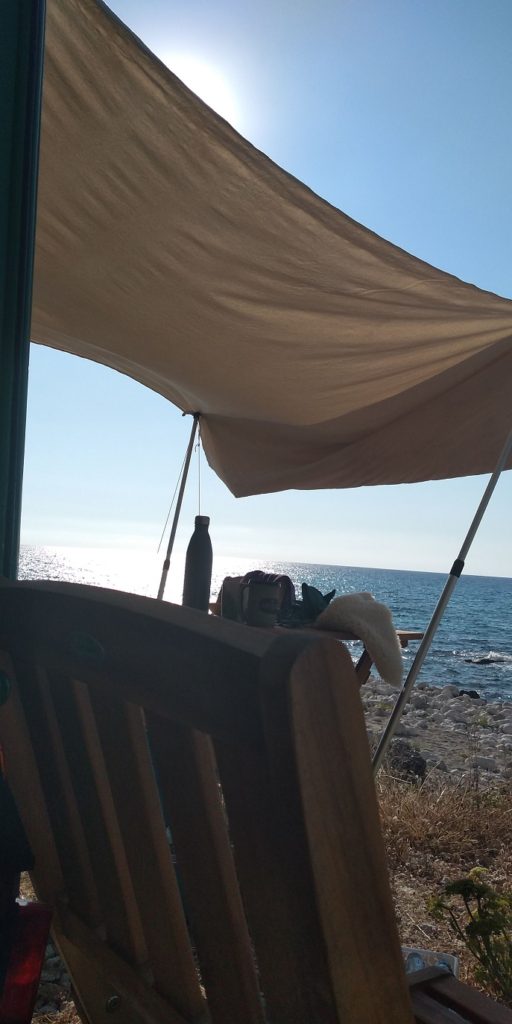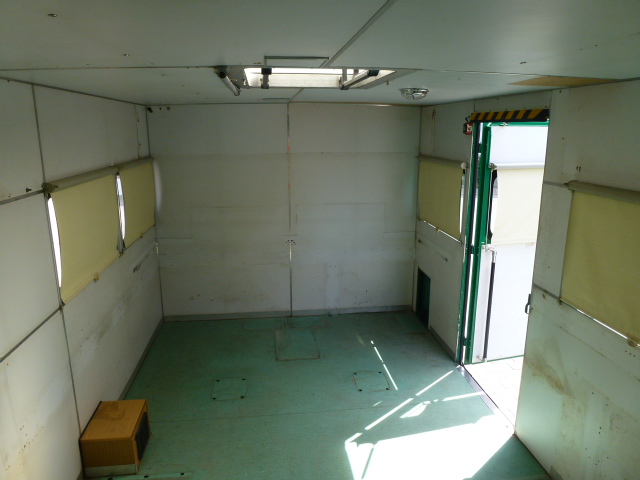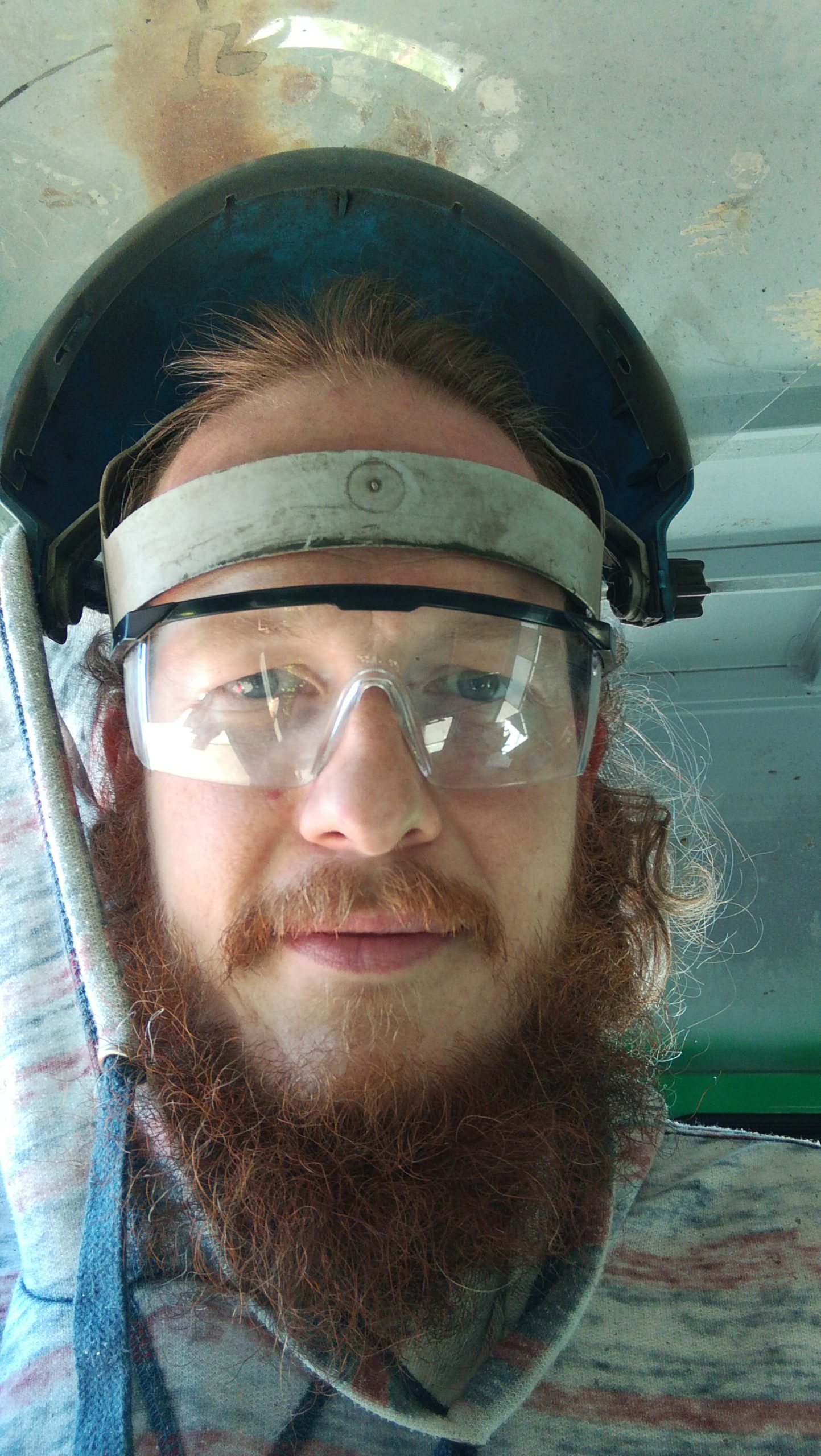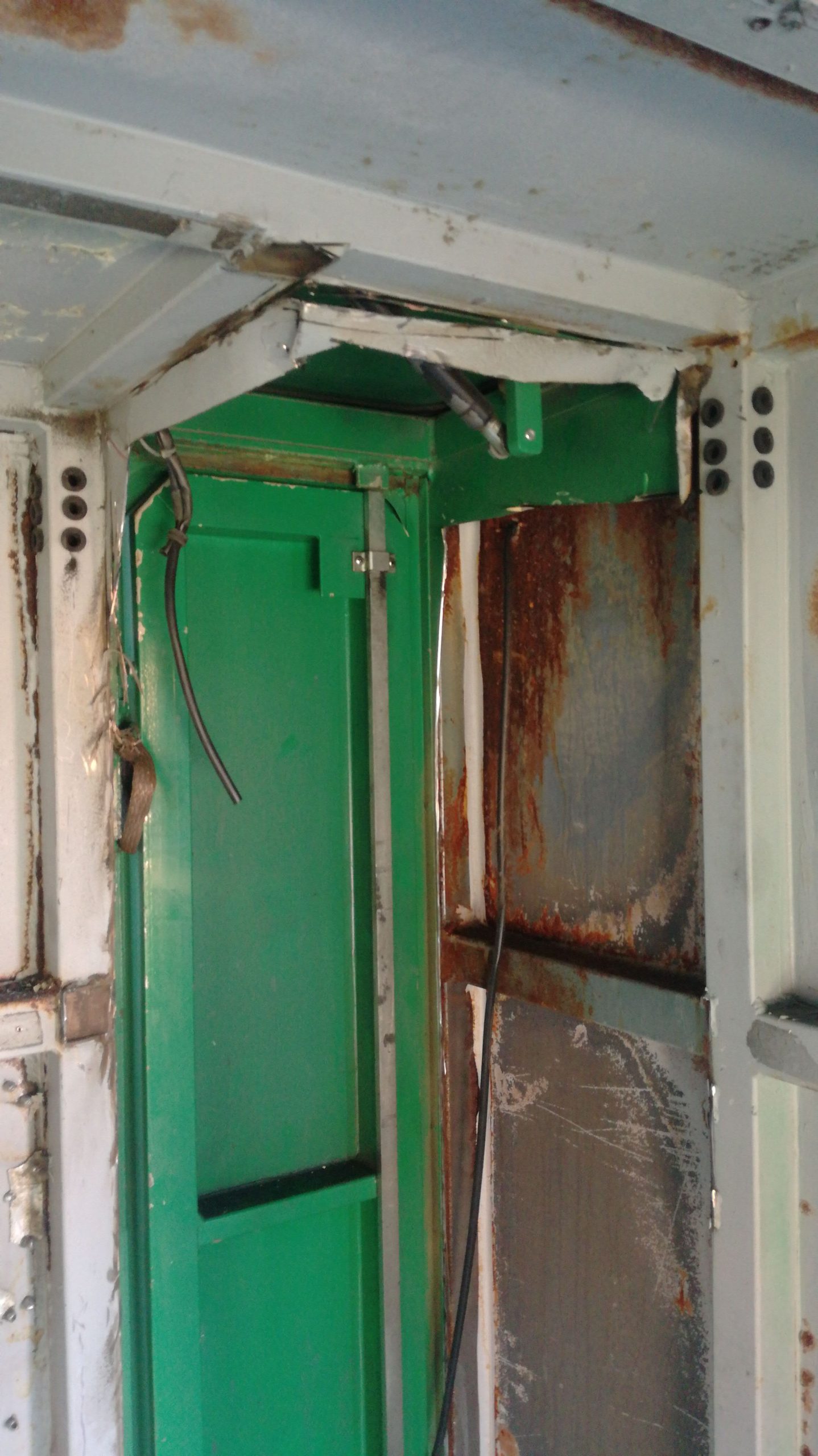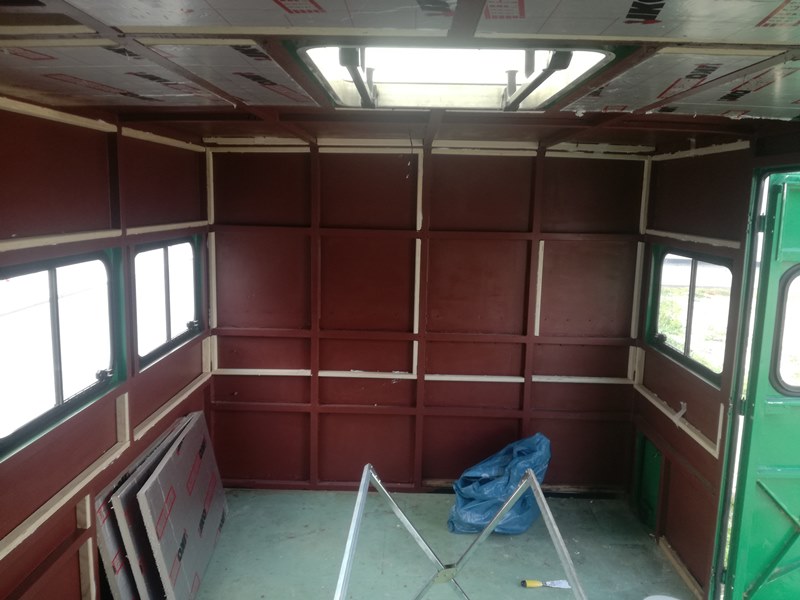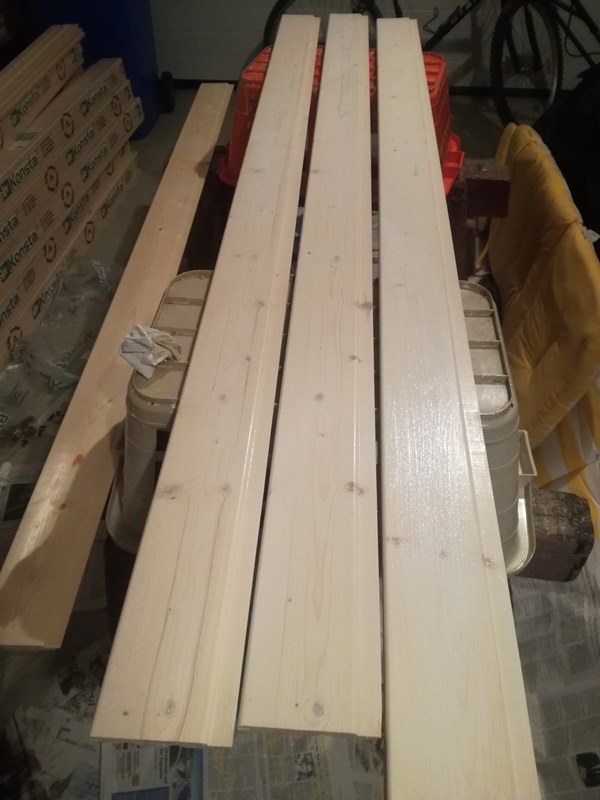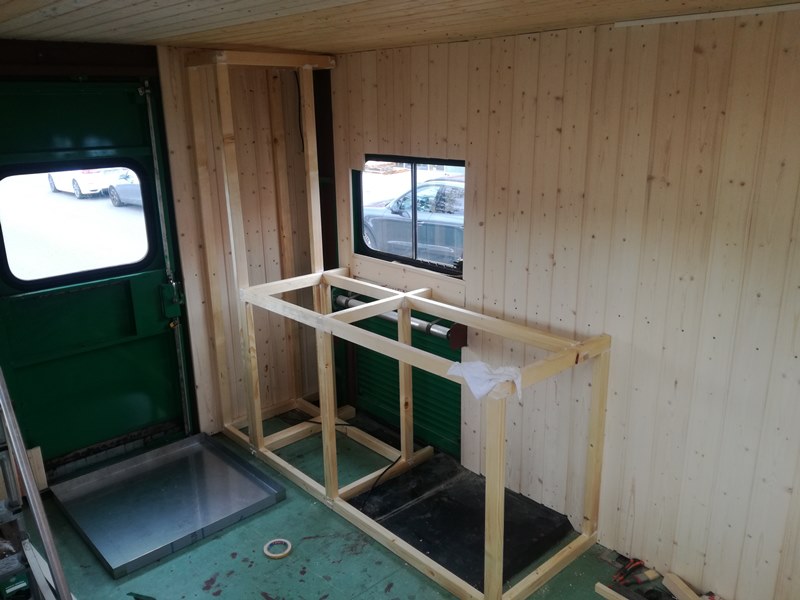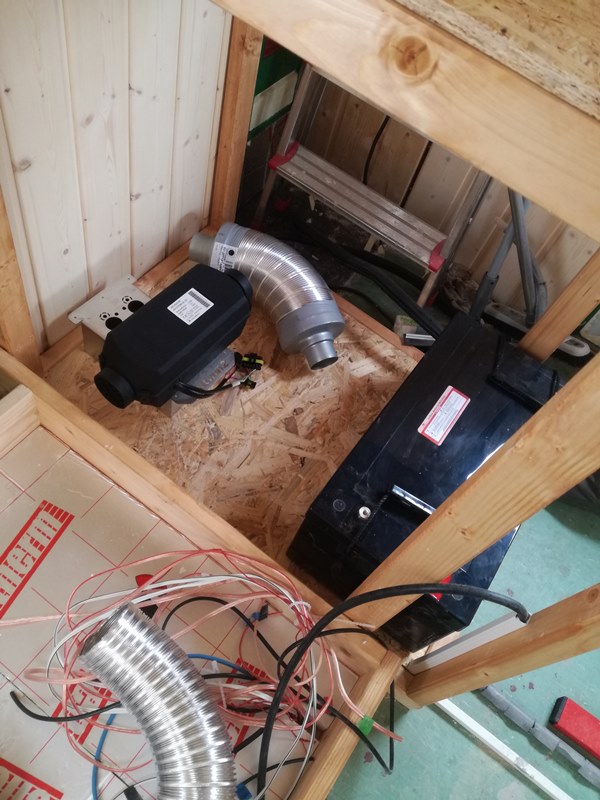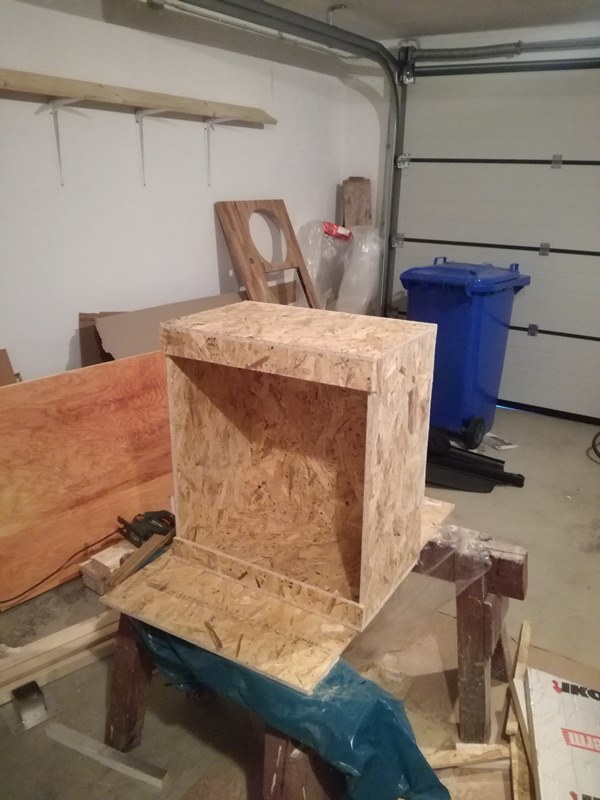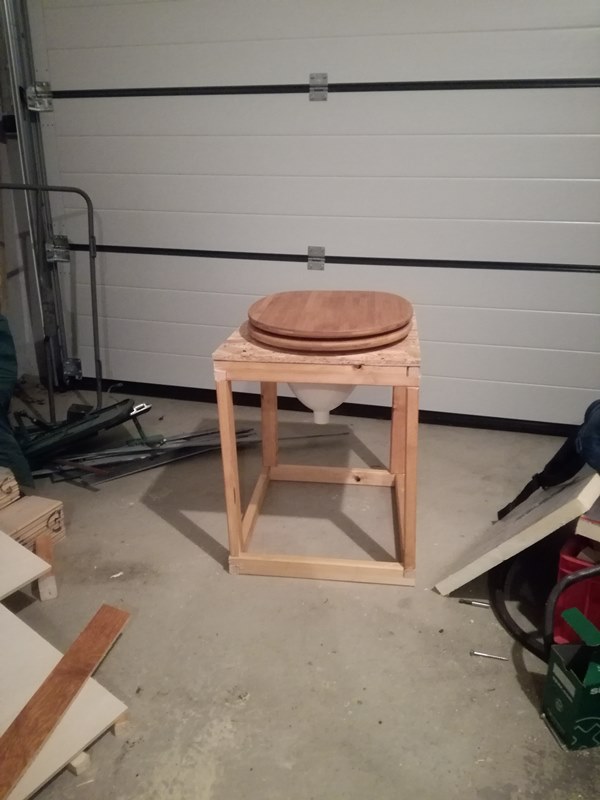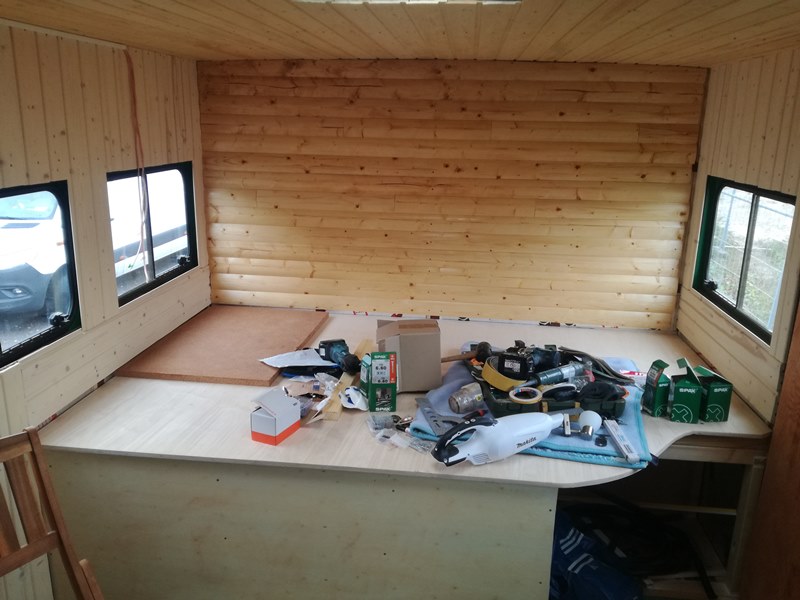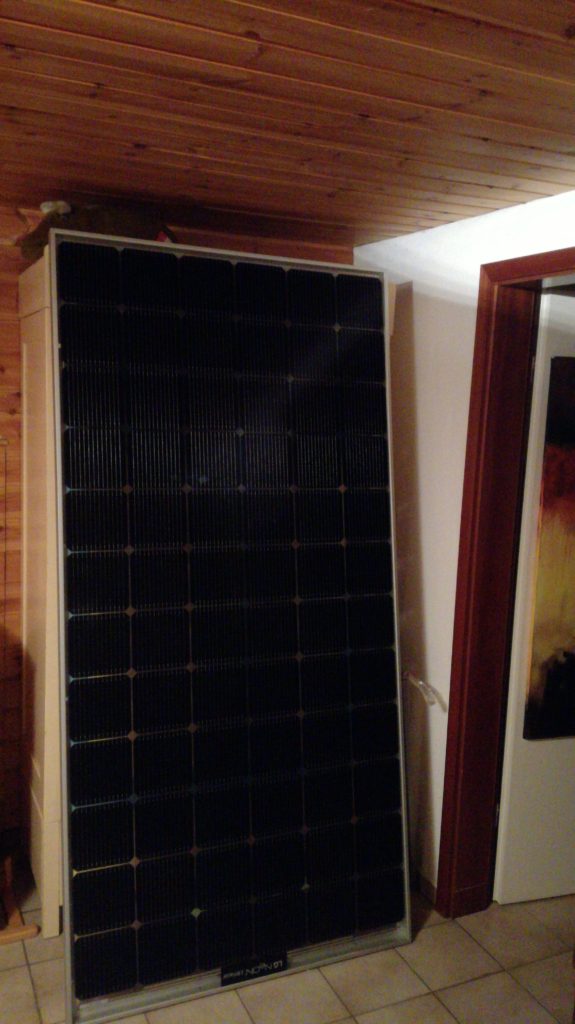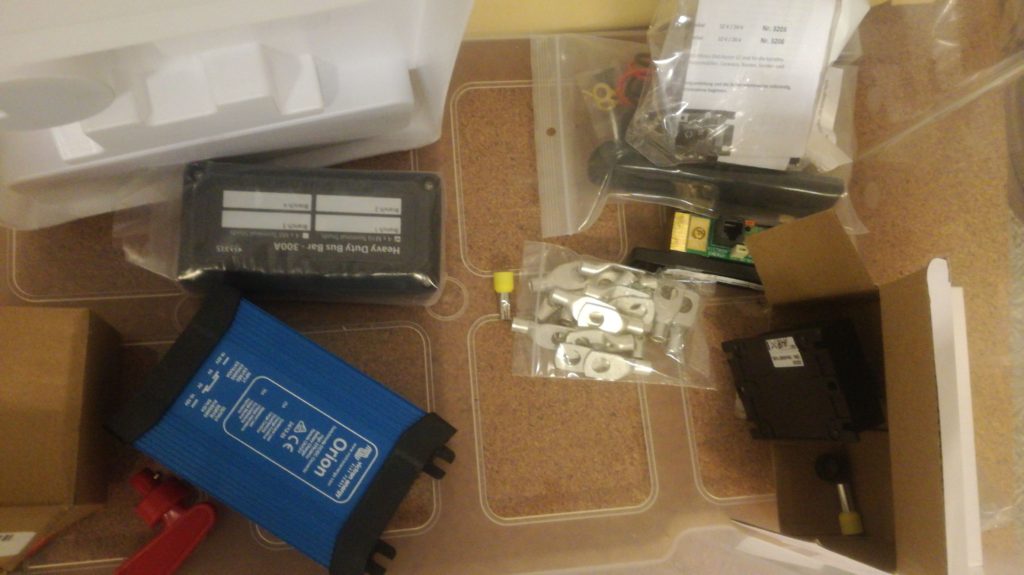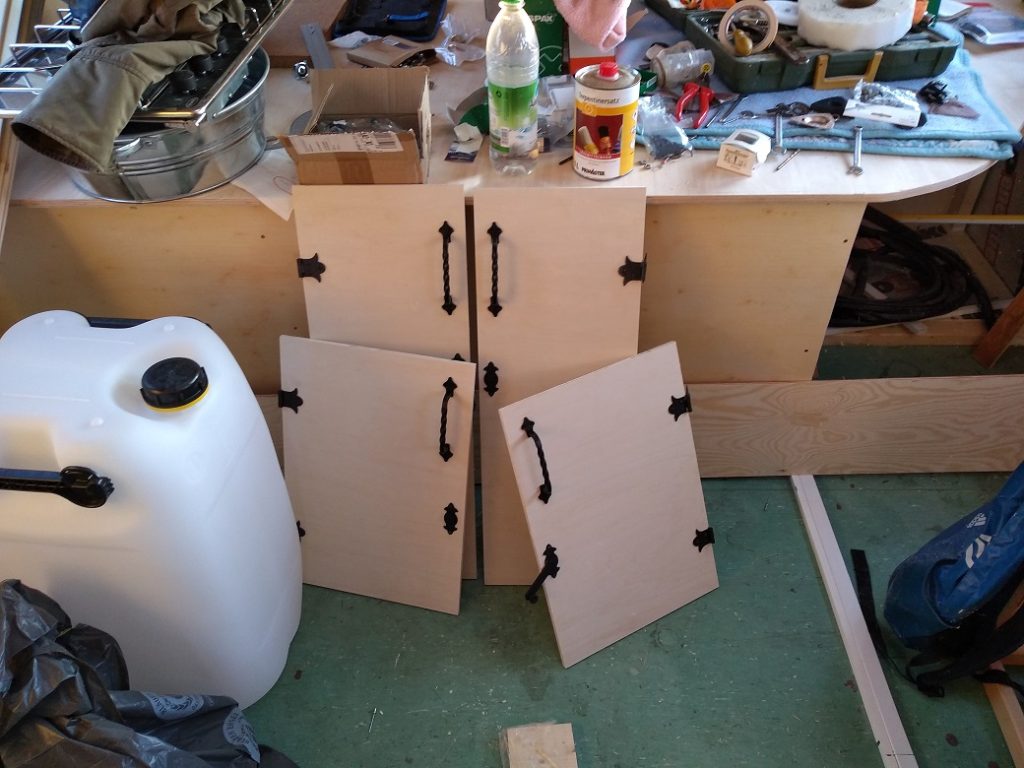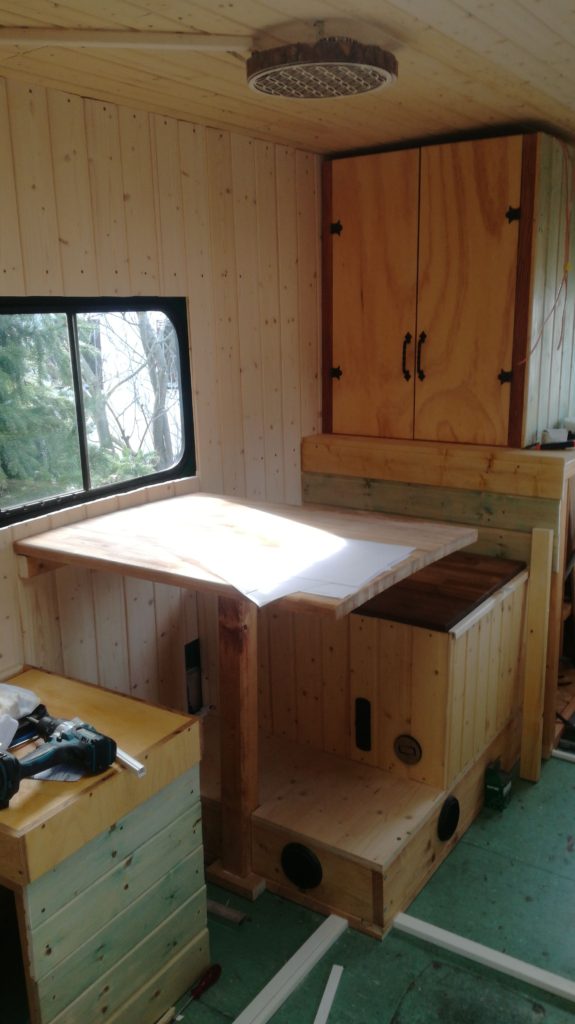I try to be generalistic, minimalistic, and sustainable.
Generalistic: The opposite of specialized. The exertion of our human capabilities does not only lead to productivity, but also both a more wholesome understanding of world, life, and human nature – and pleasure in the exertion of these capabilities. As Einstein once said: “Any fool can know. The point is to understand.” And none can enjoy and activity without doing it.
Minimalistic: I dislike the word. As it is the opposite of maximizing – it inherits the same spirit. I think any focus on maximization (or minimization) is beyond the point – of living. We should not want ever more – a sad consequence of our individualistic, hedonistic outlook on being us. I try to live in harmony with my non-human surroundings, and came to understand from my work as an economics professor that our current consumption-driven path in life leads to the destruction of myriads of species – with equal rights as humans.
Sustainable: I try to live a conscious and sustainable life. Most of our non-sustainable behaviour stems from our excessive consumption habits. For most people that is simply a consequence of our massive labor productivity joint with working hours that lead to unsustainably large incomes. Therefore, I choose to forego any newly produced home (mobile or immobile) – but instead bought an old police truck and converted it into an autark and mobile home. Many people may now think of the gasoline consumption and subsequent emissions – and its damage to nature. But, this mobile home is not thought as a travelling device leading me thousands of kilometers each year, but a home with which I can live sustainably in nature – and move every once in a while a few kilometers further to not molest anyone. (Besides, the carbon emissions in the construction of a new car amount to some 100.000 km driven in my truck.)
In this section, I present some pictures and comments about the conversion from police truck to mobile home. I must admit that I am slightly proud of that work – as my academic background didn’t inherit me with any knowledge about the topic and I still was able to do everything on my own.
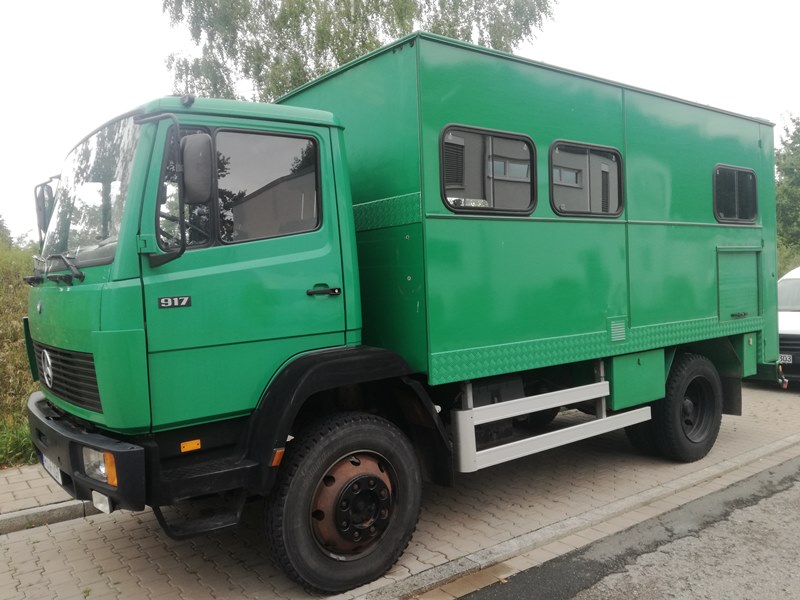

The inside looked originally not very enticing. What can you expect from a police car – they are not known for their exception beauty 😉
First, I had to remove everything in the back: The cladding, the insulation, all the tiny bits and pieces still left (as you can imagine the police did not sell the car with any fancy equipment still in it – and believe me, I searched everywhere ;)).
Then, I had to work for the first time in my life with an angle grinder. I must admit that I was at first more scared than by some complicated higher order differential equations. But in the end, both are logical… The problem was that my police truck originally had to compartments for huge 20m and 40m radio antenna. And while I was happy with the additional doors from outside, the compartments had to go away…
Non-surprisingly, the time took its toll in some regards. Corrosion is a natural process that converts a refined metal into a more chemically stable form such as oxide, hydroxide, or sulfide. Yet, you don’t want your home to fall apart below your feet because it decides to become oxide, and therefore ought to work against the existing corrosion and prevent further damages. (To be honest, I suspect that I will have to refurbish the truck in about a decade or two.)
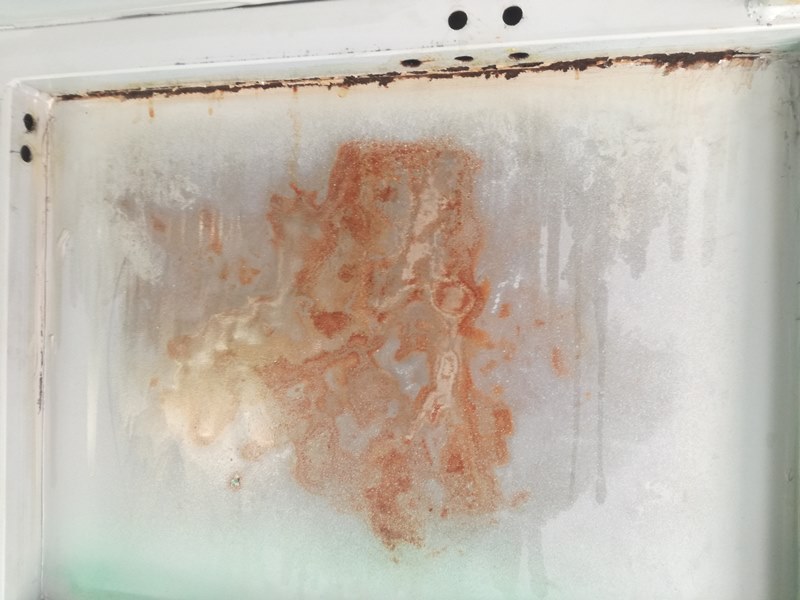
I chose to go for a combination of rust conversion and rust protection after many hours of research (what is important is to understand under what circumstances rust occurs in order to be able to construct the vehicle in such a manner that minimizes the chance of further rust development).
After treating the whole truck with multiple layers of rust protective colors and oils, it looked like tha
Next, I had to take care of an additional compartment with an extra lid for my paintings. I wanted to keep them close – but prevent at the same time that any smell of fresh oil color enters the living area.
The insulation was the next big topic. As the cabin is made of steel and the square tubing as well, some highly efficient rigid thermal insulation fits in neatly.
Finally, I was able to start work with my most preferred material: Wood.
Once you get a bit of wood into the truck, everything starts to look way more beautiful.
The first furniture was next on the menu: The basis for the bed (which also serves as the compartment for the paintings)
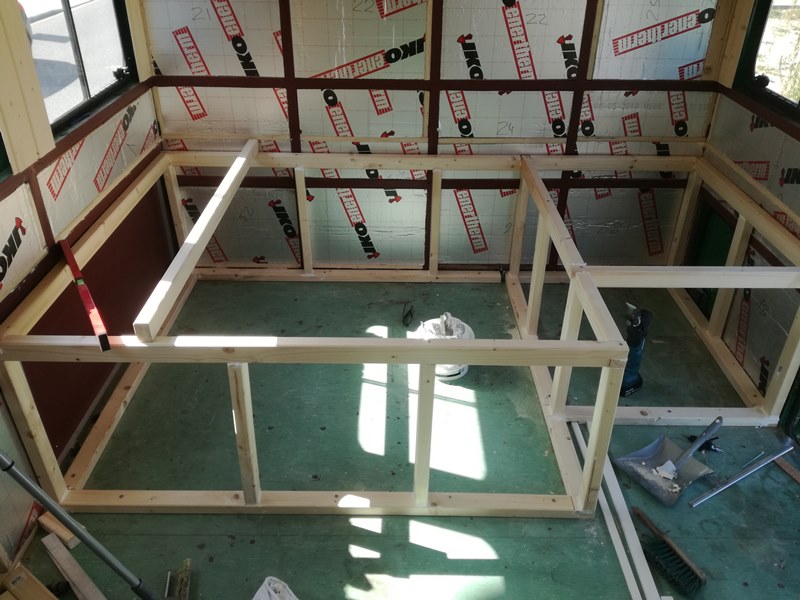
The kitchen was next. The frame directly into the truck, the surface first in the garage:
Slowly, things fell into place.
I had to paint the inside of the bed with odor proof liquid sealing film.
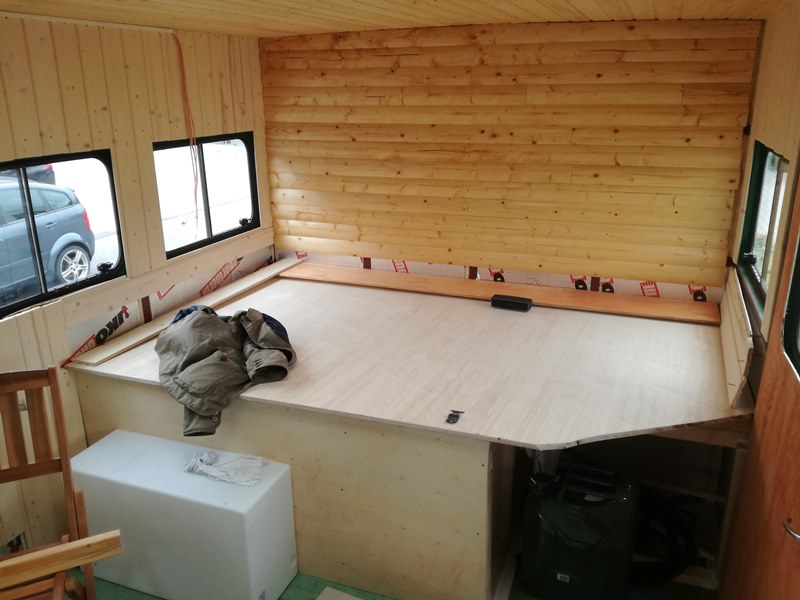
Next, the tubes for the heating had to be laid below the dining table – for warm heat to exit below your feet, and make my home comfortably warm in colder nights.
The gas compartment – which also needed some liquid sealing to assure no cooking gas enters my home in case of a leakage. I also built a hole in the bottom for gas to exit (it’s heavier than ait) and installed a gas warner.
One of the most important places in my home is my toilet (which of course is a compost toilet without water to ensure maximum sustainability). Soon, the dining area (with included toilet was created).

Electricity was another of those areas where I didn’t know anything at the start of my project. But, the Internet can help the logical mind – a truly fascinating invention which sadly is mainly used for senseless purposes (to not use the word harmful).
I must thank Volker for guiding me through some of the electrical installation process (the big boys, 230V converter, solar panels, etc.). Often, nothing but the voice of encouragement and some advice is needed for man to move mountains.
Once the last furniture pieces were set, I could put the isolation on the floor and the cork floor on top. Also the bed got 2.5cm additional cork isolation for comfort, isolation, humidity and temperature management. (Cork is such a great material. It can help regulate temperature, humidity, and so forth. Studying about different materials was another fascinating aspect in this project. And, more often than not, the products provided by nature outperfom artificially created stuff like plastic – which was no option due to sustainability reasons anyways.)
The rest felt like a piece of cake…


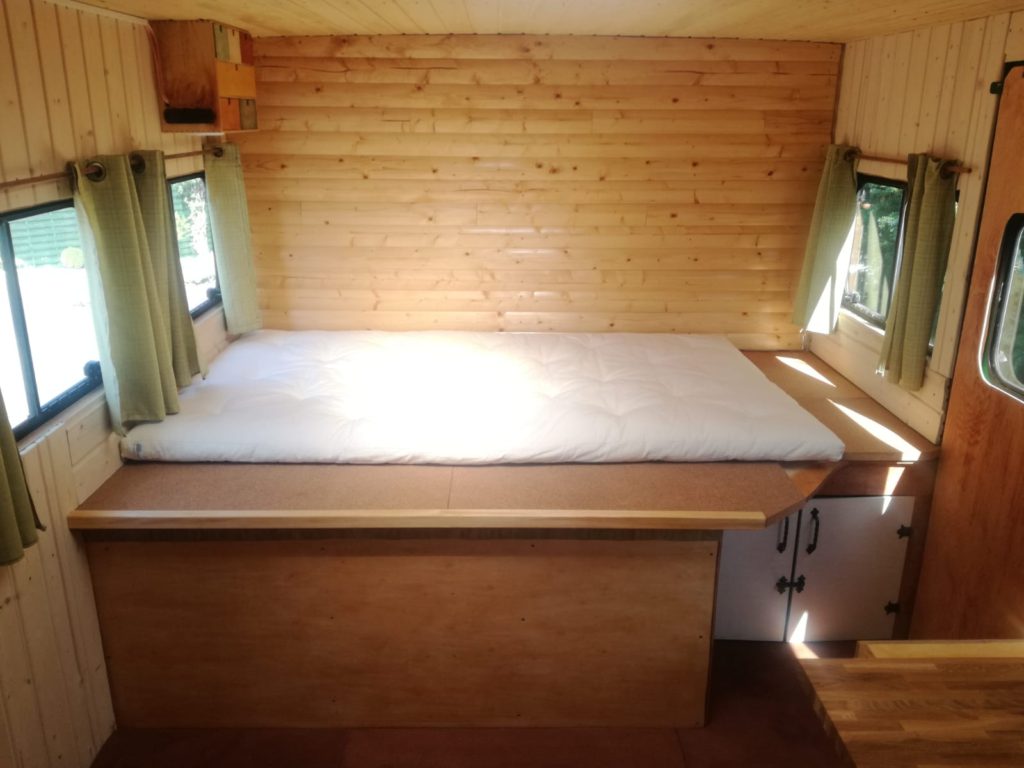
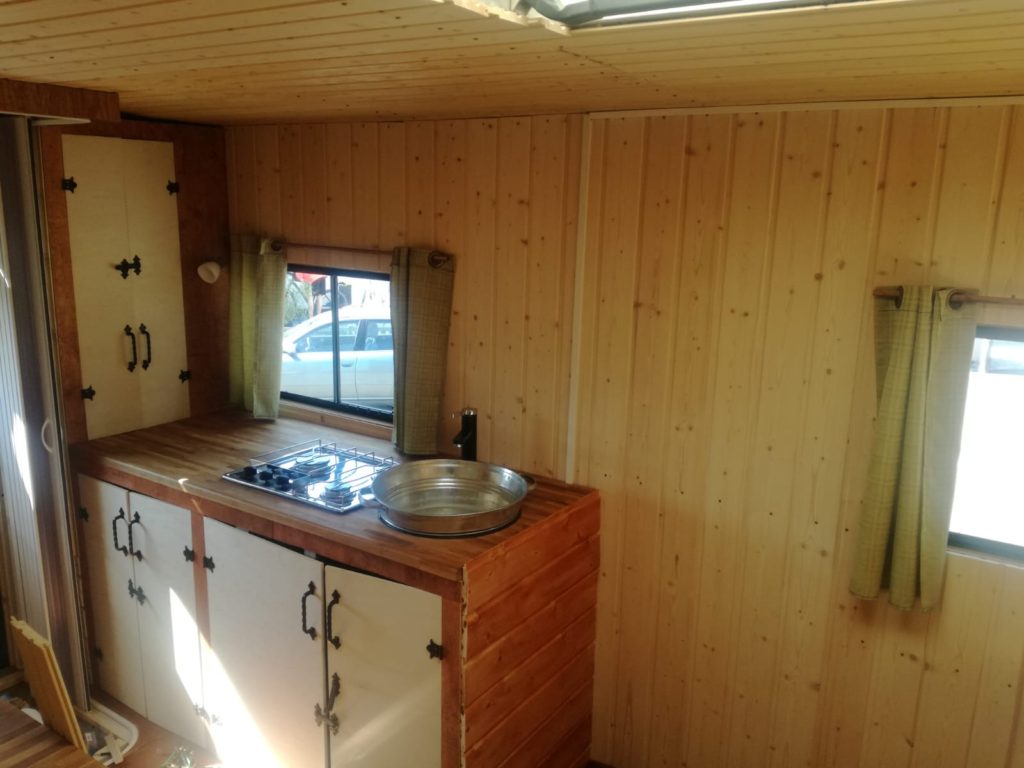
I don’t want to bother you with more details for the moment. Suffice to say that I am still considering alterations… But I have built my own home, with kitchen, running water, gas, a shower, a toilet, electricity (12V and 230V), heating, an awning outside, space for my paintings and autarky for some weeks (until water runs out).
And I am very happy with my truck and home!!
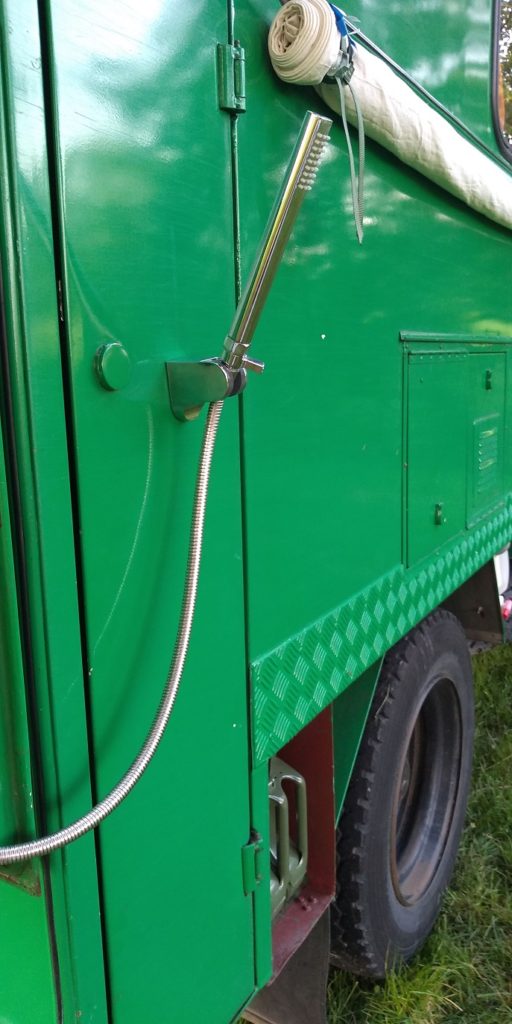
Outside shower for warm days 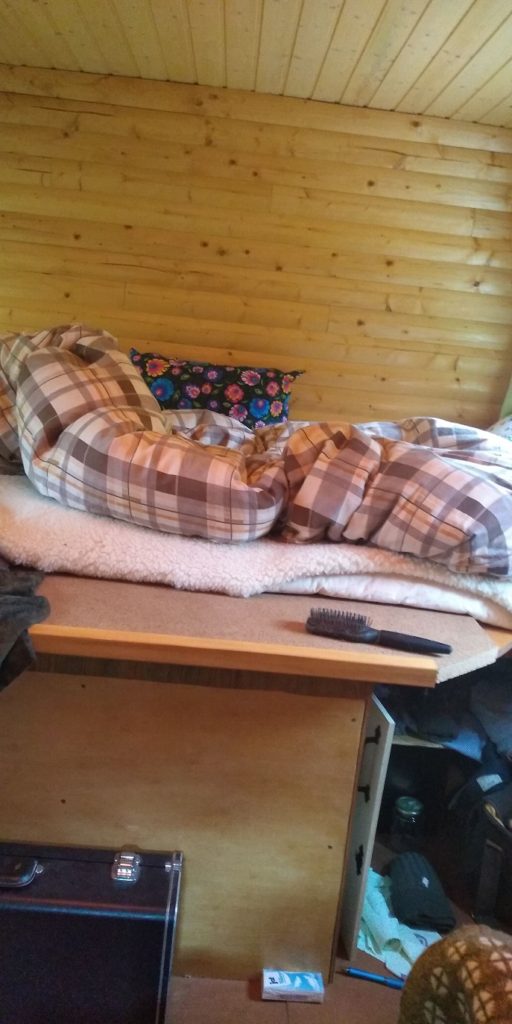
AND, i AM MESSY 
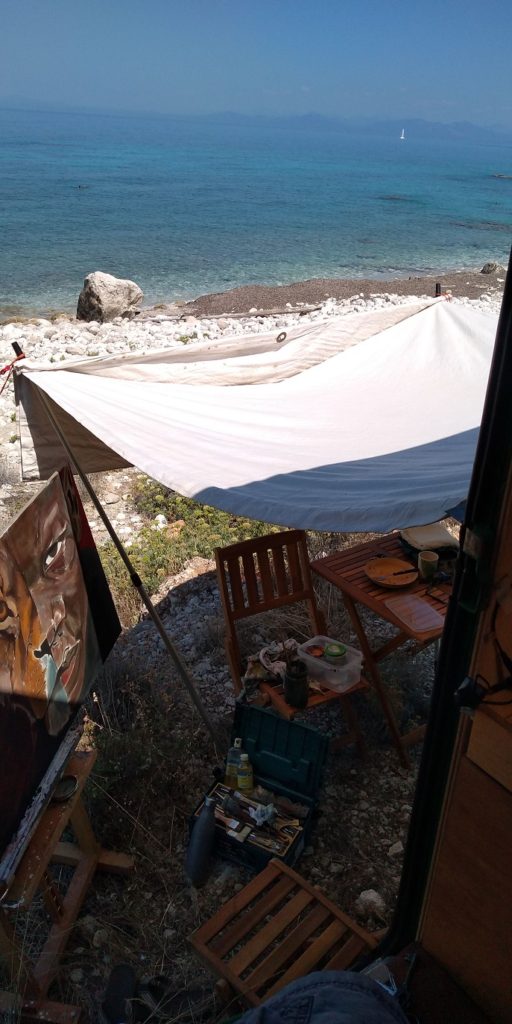
The terrace. Chairs, table, awning – and no plastic but wood and cotton… 